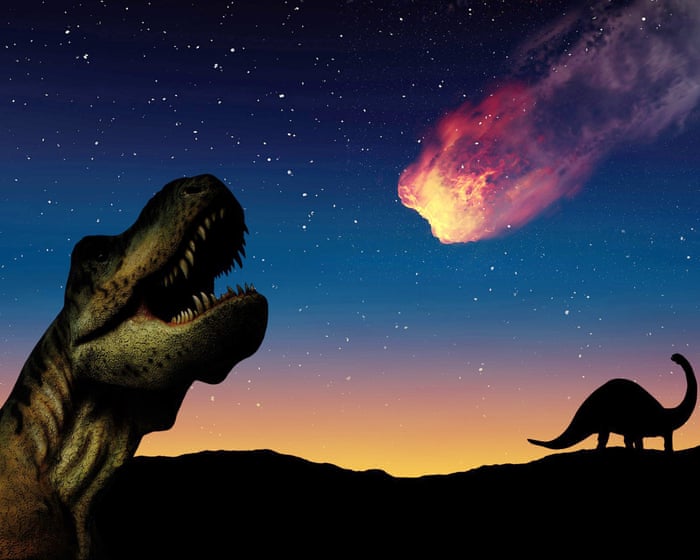Synchrotron or not – analysis of two-part type II bursts by Silja Pohjolainen
NeutralScience

Astronomer Silja Pohjolainen digs into the mystery of "two-part type II bursts" in solar radio emissions, questioning whether these intense energy releases are caused by synchrotron radiation (think high-speed electrons spiraling in magnetic fields) or something else entirely. The research could help clarify how the Sun unleashes these explosive bursts of energy.
Editor’s Note: Solar bursts might sound niche, but they’re like cosmic weather reports—understanding them helps predict space weather that can mess with satellites and power grids. If Pohjolainen’s work cracks the code on how these bursts form, it could sharpen our ability to forecast solar tantrums before they hit Earth’s tech. Plus, it’s just cool to know what makes the Sun spit out radio fireworks.
— Curated by the World Pulse Now AI Editorial System





